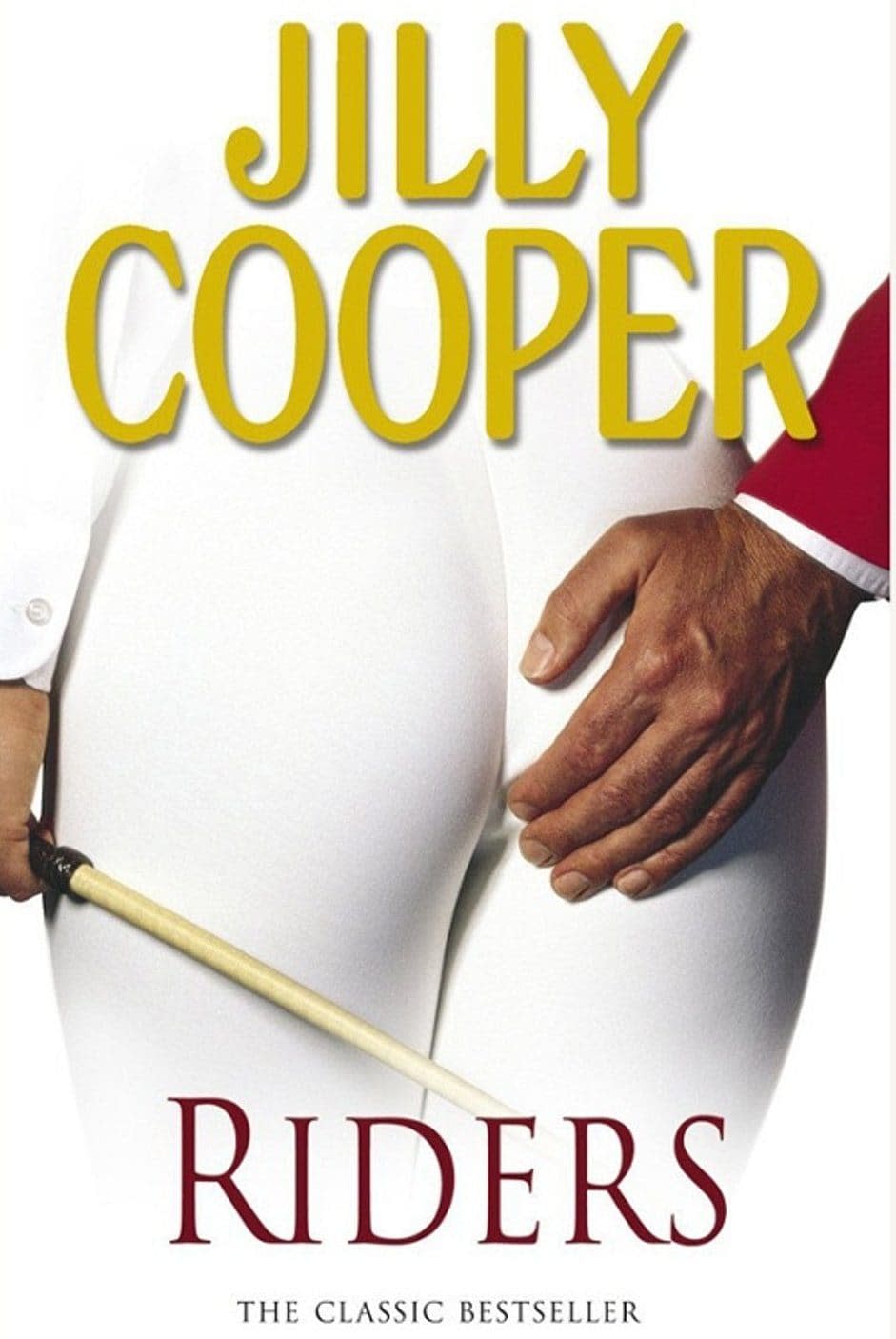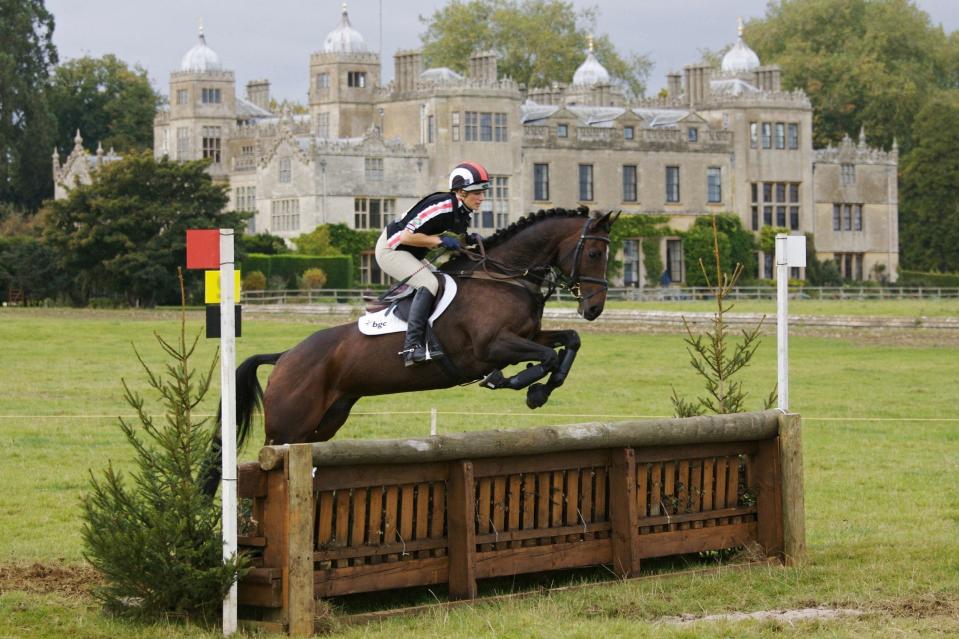The Earl of Suffolk, custodian of Charlton Park and model for Jilly Cooper’s playboy Rupert Campbell-Black – obituary

The 21st Earl of Suffolk, who has died aged 87, succeeded his father at the age of six and described his career in Who’s Who as “owns 5,000 acres”; his reticence was, perhaps understandable, since he was one of the models for Jilly Cooper’s hard-riding serial seducer Rupert Campbell-Black, but it hardly did justice to his achievement in creating, at his family seat, Charlton Park, near Malmesbury, one of the finest and most beautifully cared-for estates in England.
Charming, spirited and always entertaining company, “Mickey” Suffolk loved the good life and was delighted to be associated with Rupert Campbell-Black, who first bounded into the pages of fiction in Jilly Cooper’s novel Riders. The character, by her account, was inspired by three men, all friends in Gloucestershire and Wiltshire – Brigadier Andrew Parker Bowles, the former husband of the Duchess of Cornwall; David Somerset, the 11th Duke of Beaufort – and Suffolk.
“They were a wildly dashing and exciting group,” Jilly Cooper told the Telegraph’s Peterborough column in 2002, “and their bravery and charisma [she described Lord Suffolk as “the kind of blue-eyed beauty that only grows in Gloucestershire”, though in fact he hailed from Wiltshire] were the essential elements of Rupert’s character.”

She was careful to add, however, that Rupert’s “s---tiness” was entirely her own invention.
The colourful, thrice-married Lord Suffolk, who once featured on a Nigel Dempster list of the country’s most prominent playboys, told Peterborough that he had been disappointed to find that he was not the only prototype for one of the most notorious cads in popular literature: “I suppose I realised, once I had actually read Riders, that it couldn’t really have been just me. I just wouldn’t get that lucky.”
None the less, Jilly Cooper has recalled that whenever Suffolk phoned her he would announce: “It’s Rupert here,” insisting, when she reminded him there were two more: “Yes, but I’m the real one.” He was, she said “all the best of Rupert, but without the awful parts”.
Suffolk admitted that he and the character had followed similar paths: “Both of us had our youth, but settled down in the end. Though whether I was ever as wild as him I couldn’t say. It was so long ago I can’t remember.”
Michael John James George Robert Howard was born on March 27 1935, the eldest of three sons of Charles Howard, 20th Earl of Suffolk, and Mimi, née Forde Pigott, a Chicago-born ballet dancer. At the time of his birth he was styled Viscount Andover.
He was proud of his family history, the House of Howard having been founded by John Howard, who was created Duke of Norfolk by Richard III (with whom he was slain at the Battle of Bosworth) in 1483. John Howard was directly descended from both King John and Edward I, and Suffolk liked to joke that he was “the last of the Plantagenets and the real King of England”.
The earldom of Suffolk has been created four times, lastly in 1603 by James I for Lord Thomas Howard, a naval commander and politician, and the second son of Thomas Howard, 4th Duke of Norfolk.
The Earl’s second son, also Thomas Howard, was created Earl of Berkshire in 1626. When the direct line of the first Earl of Suffolk failed in 1745, the earldom was inherited by a distant cousin, the fourth Earl of Berkshire, who became the 11th Earl of Suffolk as well. (Mickey Suffolk was also the 14th Earl of Berkshire, but was known by the more senior title.)
Suffolk’s father, who had inherited the title aged 11 after his father was killed in the Mesopotamia campaign during the First World War, became known as “Mad Jack” on account of his refusal to do what was expected of a member of the landed aristocracy.
After a series of pre-war adventures sailing the seven seas and working as a jackaroo in Australia, during the Second World War the Earl was responsible for rescuing a team of French nuclear scientists and a large stockpile of heavy water – as well as considerable quantities of industrial diamonds – and shipping them to England in advance of the German invasion of France in 1940.
He then volunteered to form a unit to defuse faulty German bombs and mines. On May 12 1941, however, while he was attempting to defuse a bomb nicknamed Old Faithful (to recover the fuzes for instructional purposes), the device exploded, taking with it 14 people, including the Earl, and injuring 10 more. A few weeks later King George VI awarded Suffolk a posthumous George Cross for “conspicuous bravery”.

Young Mickey spent his early years at the family seat of Charlton Park, and grew up in the huge house, a so-called “prodigy house” begun in the 1560s, playing football in the great hall with his brothers, with the pillars at either end serving as goalposts. “We loved living there,” he told The Daily Telegraph in 2019. “We were so badly educated [because] when Nanny used to teach us, we would disappear, and with 123 rooms she would never find us.”
Lord Suffolk attended Winchester College, but lasted only a year, after which he completed his education at Le Rosey, Switzerland, which he much preferred. There he became fluent in French and acquired a love of winter sports, becoming a daring aficionado of the Cresta Run and later competing in the British bobsleigh team.
After National Service in the Royal Navy he returned to Charlton Park, where he had some success as a breeder of racehorses, often working with the trainer Barry Hills. The best known horse from his stable, the broodmare Ginevra, was sold as a yearling to Charles St George and went on to win the 1972 Oaks.
Suffolk’s other great passion was flying. He had a pilot’s licence and could often be seen at the controls of his Chipmunk landing on the air strip at Charlton Park having executed a series of loop-the-loops.

When he took up his duties at Charlton Park, however, the great house was in a sorry state. It had been requisitioned during the war and his mother had subsequently moved to Andover House, a more manageable house on the estate. After a short period as a school, Charlton Park had stood empty. “I tried everything to get insurance companies to take it,” Suffolk recalled.
In 1975 he decided to convert the house into flats, becoming one of the first owners of great country houses to do so. With the help of Christopher Buxton, the property developer who pioneered the subdivision of English country houses into smaller units, Charlton Park was divided into 18 flats, ensuring its preservation.
He kept one – “my mother and father’s bedroom” – for himself. The rest were sold on long leases. “I can’t think of anything else that I’d do with the house,” he said. “I racked my brain for 20 years. You couldn’t get the staff, anyway.”
Lord Suffolk married, first, in 1960 (dissolved 1967), Simone Paulmier (née Litman), with whom he had a daughter who died in infancy, and secondly, in 1973 (dissolved 1980), Anita Fugelsang, with whom he had a son and daughter (Anita later married Charles Stanhope, 12th Earl of Harrington). In 1983 he married, thirdly, Linda Viscountess Bridport, née Paravicini, the former wife of the 4th Viscount Bridport, with whom he had two daughters.
His third marriage was notably happy and harmonious and Linda played a key role in helping her husband care for the house, maintain its beautiful gardens and manage the estate, improving its finances while preserving its historic character. Though farming remained the most important activity, they developed the estate’s commercial side, including hosting corporate events and, since 2007, the annual Womad music festival.
The couple were generous hosts at Charlton Park and in his latter years Lord Suffolk became an excellent cook and a demon croquet player.
He is succeeded in the peerage by his son Alexander Howard, Viscount Andover, born in 1974.
The 21st Earl of Suffolk, born March 27 1935, died August 5 2022


